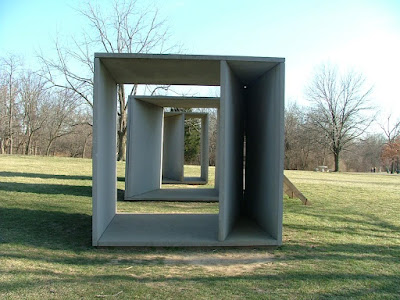Flâneries urbaines sans parole
Cruise 2010 by 永川 優樹 EIKAWA Yuki (egawauemon; 36 videos ) Amalfi - Italy (28 April 2010) 15'27" Xitang - China (22 Sept 2010) 13'04" Cappadocia - Turkey (20 Sept 2010) 7'35" Yakushima - Japan (14 Aug 2010) 6' Tokyo - Japan (13 May 2010) 19'28" Varanasi -India (21 March 2010) 10'25" Bangkok - Thailand (28 Fev 2010) 10'01" Fukuoka - Japan (11 Jan 2010) 10' Osaka - Japan (25 Nov 2009) 10' Kyoto - Japan (17 Oct 2009) 10' Walking in Tokyo by 永川 優樹 EIKAWA Yuki (egawauemon; 22 videos ) Asakusa, Tokyo - Japan (27 Aug 2009) 23' Shibuya, Tokyo - Japan (21 Apr 2009) 7'11" Shinjuku, Golden Town , tokyo - Japan (11 Apr 2009) 6'22" Ueno, Tokyo - Japan (30 Nov 2008) 9'45" Ginza, Tokyo - Japan (20 Sept 2008) director : 永川 優樹 EIKAWA Yuki (born in Nagasaki in 1978) EIKAWA Yuki released a Blu-ray/DVD ( official website ) "Cruising 17 cities in ten countries, every...


